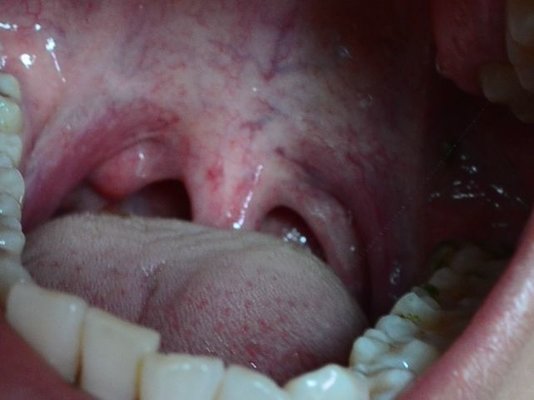What is tetralogy of Fallot?
summary
Tetralogy of Fallot has a great impact on people's health. If they suffer from this disease, their parents will be anxious and angry. Surgery can effectively treat this disease. However, after surgery, we should pay attention to the reasonable collocation of diet and the regulation of mood, because after surgery, we can not completely eliminate any symptoms of this disease, May effectively alleviate the disease, and according to the different symptoms, treatment may be different, and can not be completely treated by surgery.
What is tetralogy of Fallot?
1. The prognosis of children with tetralogy of Fallot is mainly determined by the degree of pulmonary artery stenosis and collateral circulation, mainly due to chronic hypoxia, polycythemia, resulting in secondary myocardial hypertrophy and heart failure and death. Children with growth retardation, often clubbing fingers and toes, often occur months or years after cyanosis.

2. Many patients will show dyspnea and poor activity tolerance, and most of them begin to appear 6 months after birth. Generally, this disease occurs in infants and young children. During this period, children will have obvious estimation difficulties, and most of them behave very slowly.

3. The four malformations of tetralogy of Fallot are the result of hypoplasia of the right ventricular infundibulum or conus, that is, when the fourth week of the embryo, the arterial trunk does not rotate in reverse, the aorta remains on the right side of the pulmonary artery, the conus septum moves forward, and the normal sinus ventricular septum fails to close, thus forming the hypoplastic infundibulum and subcristal ventricular septal defect, namely perimembranous ventricular septal defect.

matters needing attention
Echocardiography is of great value in the diagnosis of tetralogy and the choice of surgical methods. We can observe the type and size of ventricular septal defect from different sections, the aortic riding above the ventricular septum, the location and degree of pulmonary artery stenosis, and the fiber continuity of mitral valve and aortic valve.














